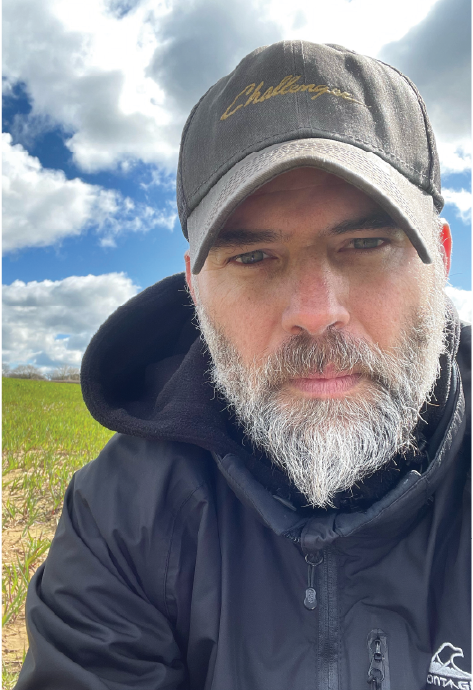Gonzalo Irisarri
Rangeland Ecology and Watershed Management
Assistant Professor

I focus my interest on rangeland ecology, emphasizing understanding energy transfer within grazing systems. To conduct my research, I use satellite data to estimate aboveground net primary productivity (ANPP) and its quality. As part of my investigations, I enjoy developing apps that are accessible to everyone, which helps me better understand variations in ANPP and its quality. For example, one way to assess the impact of extreme events on ANPP is by identifying their relative effect compared to historical variation at a given location. Another approach is providing eight-day estimates of crude protein content (CP%). Crude protein is a key determinant of individual intake. For instance, when CP falls below 8%, potential individual intake (equivalent to 2.5% of body weight) is significantly constrained.
Education
- Ph.D. Agricultural Sciences 2012. Universidad de Buenos Aires. ARG
- MSc natural resources management. 2008. Universidad de Buenos Aires. ARG
- Agronomist. 2004. Universidad de Buenos Aires. ARG
Teaching
- REWM 4900 Rangeland Management Planning
International activities
I have developed much of my academic career studying arid and semi-arid grazing systems in South America, mainly in Patagonia (2012, 2021, 2023 and 2023) and the central-northern United States (2016, 2019, and 2022). I also have worked in one of the largest temperate grassland regions in the world, the Río de la Plata grasslands (2020, 2019, 2016), and had the opportunity to work in grazing systems in the southwest of England (2024). I also collaborate with researchers in Australia to “assimilate” satellite data into agronomic simulation models (APSIM, 2022). Through the FAO, I participated in the development of a guide to support the assessment of ecosystem services in livestock systems.
